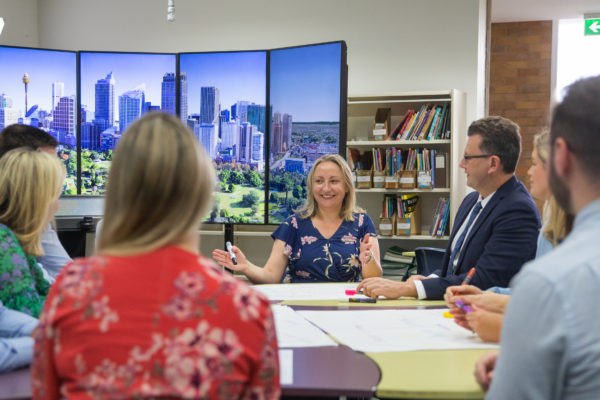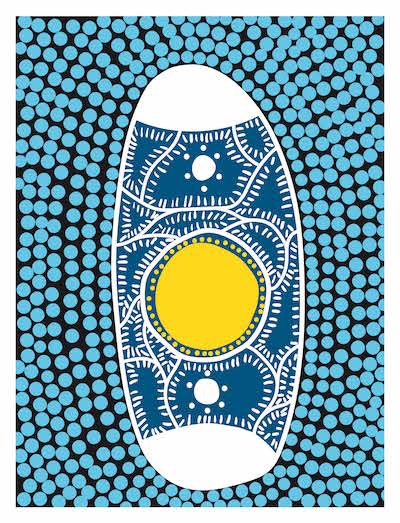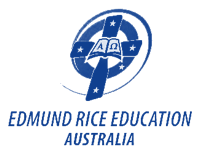
Deputy Principal - Teaching & Learning, Ms Elizabeth Watson
Professional Learning : Cognitive Load Theory
Waverley College continues our commitment to provide quality professional learning for our staff to ensure they are kept up-to-date with the latest pedagogical research and are engaging with high impact teaching strategies (HITS).
The Edmund Rice Education Australia (EREA) Learning Statement asserts:
“Effective professional learning fosters self and collective confidence, promotes innovation in pedagogical practice and equips people with the skills to respond to current realities and alternative futures. This builds a learning culture of a shared sense of purpose and responsibility for improving the learning outcomes of young people.” (EREA 2022, p7).

Professional Learning this week focused on Working Memory and Cognitive Load Theory. Our sessions were facilitated by leading expert Amanda Hicks. Amanda has had over 26 years’ experience in education in numerous roles, has completed five university degrees in education, and is currently completing her doctoral studies in Mental Health and Social Work.
Cognitive load theory (CLT) emerged from the work of educational psychologist John Sweller and colleagues in the 1980s and 1990s. Contemporary educational researcher, Dylan Wiliam (2017) supports this research, and has described cognitive load theory as “the single most important thing for teachers to know.”
So what is CLT? In summary, CLT is about optimising the load on students’ working memories to help maximise their learning. This can be achieved when students are given explicit instruction accompanied by lots of practice and feedback. (NSW Government: Centre for Education Statistics and Evaluation, 2018).
Hattie summarises explicit instruction as an approach in which:
“The teacher decides the learning intentions and success criteria, makes them transparent to the students, demonstrates them by modelling, evaluates if they understand what they have been told by checking for understanding, and retelling them what they have been told by tying it all together with closure.” (Hattie 2009, p206).

| Educational researchers have identified a number of strategies that can help teachers to maximise student learning by optimising the load on students’ working memories. Amanda guided our staff through a series of evidenced-based practical strategies:
Strategy 1: Tailor lessons according to students’ existing knowledge and skill. Strategy 2: Use worked examples to teach students new content or skills. Strategy 3: Gradually increase independent problem-solving as students become more proficient. Strategy 4: Cut out inessential information. Strategy 5: Present all the essential information together. Strategy 6: Simplify complex information by presenting it both orally and visually. Strategy 7: Encourage students to visualise concepts and procedures that they have learnt. (CESE 2018, p3). |
Explicit instruction and CLT pedagogical strategies directly align with the three Learning Principles of the current Waverley College Teaching and Learning Framework: Visible Learning, Lifelong Learning and Dynamic Learning.
>>> Click here to view the Waverley College Teaching & Learning Framework.
Cognisant that “effective schools keep up to date with developments in research and professional knowledge” (Australian Council for Educational Research 2016, p12), Waverley College commits to critically reflecting on our teaching practices and principles of learning.
I look forward to sharing the next iteration of the Waverley College Teaching and Learning Framework in the coming months.
Mrs Elizabeth Watson
Deputy Principal – Teaching & Learning
E: ewatson@waverley.nsw.edu.au



